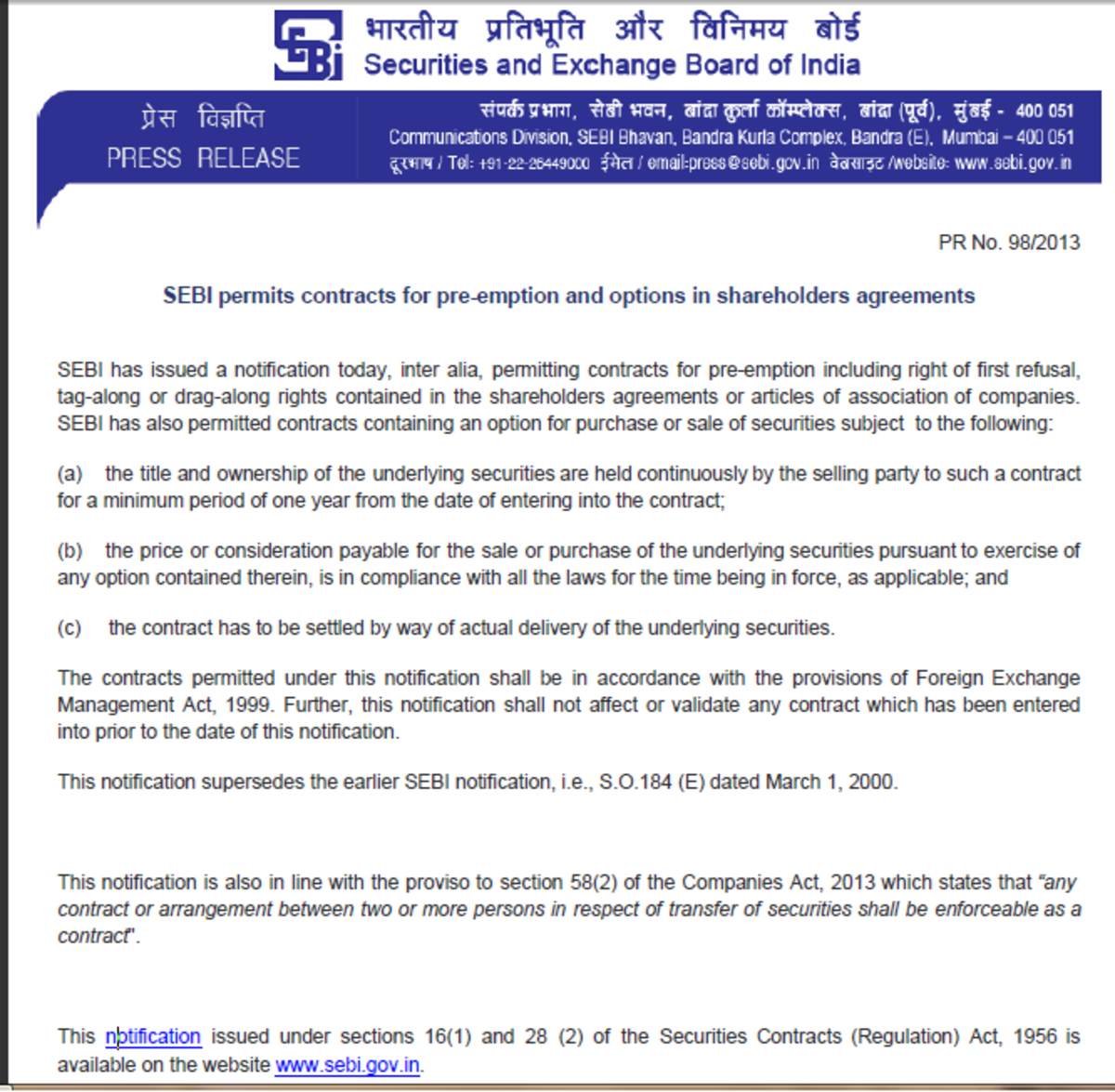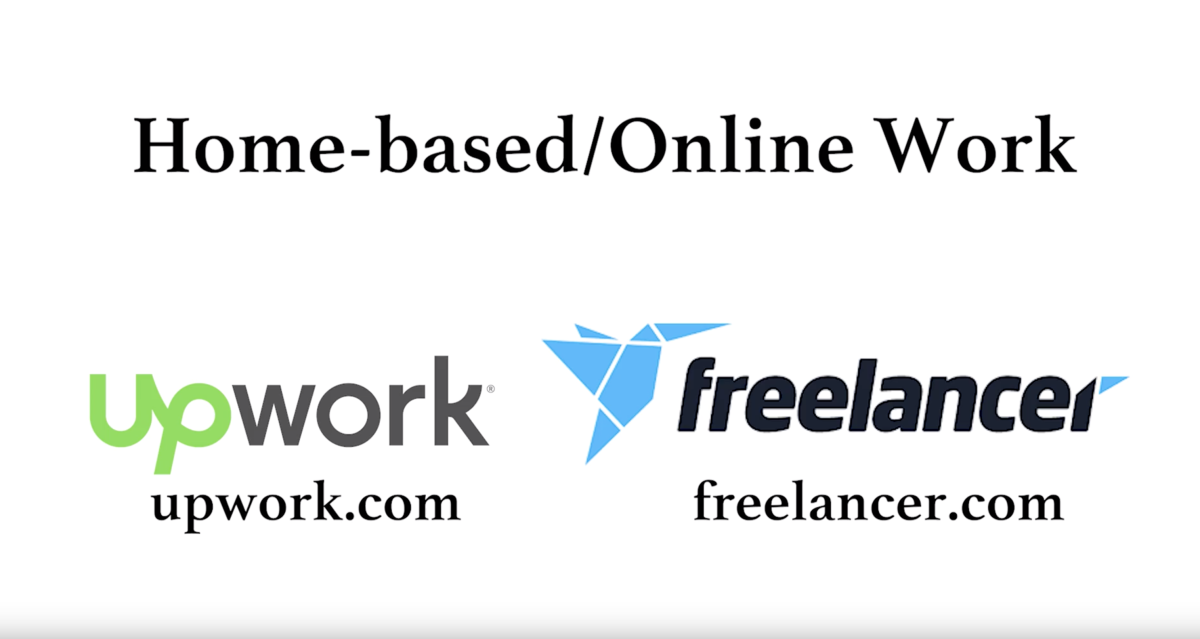How Securities are Issued
Although there are many types of securities of companies of organization can issue, and there are a number of ways in which these securities can be issued, a common trait among all the issuers is that they issue the securities in question in order to acquire some money (new inward cash flow) and in exchange agree to meet some obligation toward the other party, which provided the additional funds in exchange for the securities. In most securities’ case these obligations are quite standardized to the security that was chosen to be issued. These obligations are valid and due as long as the security is out in the market (this market can be an open, public market, or can also be a few, carefully chosen, or even just one participant).
Following this brief introduction, the process of the issuing will be described, so that you will be able to clearly see how this vital part of the financial-, and money markets work.
The only legal way for securities to get to investors, is if they are issued. The issuer may also sell some already issued securities if possesses, however, strictly speaking they are net “new” funds. Issuing may be either public or private. Private issuing may proceed in one of two ways, through a competition to the highest bidder among invited competitors, or though direct sale to a handful or a single entity. Also, in contrast to public offering, be it any of the different forms of issuing, in the case of private issuing, the issuer (seller) knows in advance the identity of the investors who will acquire the security. In such cases the investor has the ability to acquire additional information from the issuer/seller (due to more direct connection between the parties). For this reason the legal regulations on private issues tend to be much less strict than that of public offerings (investors do not need as much protection, and they are financially better educated). Public investors need to be informed thoroughly and correctly.
Securities that have been issued publicly, later can only be sold publicly, however, securities that were issued only privately, later can be sold BOTH publicly and privately.
What does “issuing” means? Issuing is the process in which the particular security is acquired by investors for the FIRST TIME.
For example, a PLC (Public Limited Company) is founded by, or its capital is raised by issuing new shares. Investment funds are founded by selling investment fund shares on the market. Same applies to credit securities.
We speak of issuing also when securities that were already issued are offered for sale by the owner. A prime example for this is, when a PLC sells shares that it owns, when the companies or governments issue bonds on the credit market. When the government sells shares it owns in companies is called privatization. When we buy shares at the cashier in a bank branch or in a brokerage firm we also speak of securities issues.
When securities offered to be issued, the correct timing and pricing of the securities are vital for the success of the issue (and to maximize income from the transaction, or lower cost of capital than what was previously planned). A successful issuing in itself is advantageous for the company. This results in a better and more professional image in the eyes of customers, partners and investors. This is why an independent and experienced expert in selling is usually used during issues of new securities. An industrial company, for example, does not need employees who are skilled securities analysts. These selling companies give a sense of security to investors also, as the seller takes responsibility for the issue, and because additional information is also available at the independent selling organization. Although the issuing organization isn’t always obliged to use a selling company, in the case of more complex issues, such as stocks and bonds, they are usually required.
After this general introduction to how new issues work, let’s see some detailed examples for the differences between public and private securities issue offering.
An issuing is private when:
- the security is offered only to institutional investors
- during the issuing the securities is offered only to a few selected investors specified prior to the offer.
- a PLC provides free shares to its shareholders.
- the issuer swaps securities. This swap should not result in an increase of the share capital of the issue and only if the securities swapped for are not issued publicly either.
- a securities swap in which the securities are issued by converting convertible bonds, or by the execution of the rights provided by the security, but only if, the security to be converted isn’t offered publicly either.
- in case of an offering for the acquisition of a PLC.
Private issues are also called private placements. In case of such issues no official permit is required, they only needed to be registered at the relevant authorities for control and statistical reasons. Of course laws and regulations need to be followed, however, these care only basic regulations, as, at least theoretically, and all parties have equal opportunities to get to know all information related to the issue.
Of course the issuer has the right to decide whether to issue or not, and with what conditions. These conditions depend on many factors and the securities to be issued not only compete with similar securities, but with other financial instruments also.
During private issues less administration is needed than in the case of public offerings, thus private placement is also faster and cheaper. For this reason the issuer is willing to pay higher yield for the investor. Another reason for higher yield is that the investor, due to lower liquidity, has to bear higher risk (privately placed securities have virtually no secondary market). Also, often privately issued securities have limited alienation rights. The reason for such inactivity is that on securities exchanges only those securities may be traded, which were publicly issued or have become public after a private issue. Although privately issued securities can not be traded publicly, most often this does not cause conflict of interests, as investors investing into private offerings prefer the regular dividend incomes rather then quick profits from the price movements of the securities.
For the issuer, however, making a private offering is, primarily, not a question of decision, nor is it an economic or legal matter. Those organizations must be able to convince even expert investors that it is worth investing into the securities it wants to issue. Another disadvantage is that private issues have, is that organizations with only private issues are much less prevalent in the public conscience, and the number of-, and the available capital of the targeted investors are limited.
There are rules that specifically state that some organizations are not allowed to issue securities publicly. Such organizations include ones that, for example, are not old enough, or does not have large enough financial characteristics. These laws indicate that public issues are fundamentally different from private ones from the aspects of both the issuer and the investor.
The regulations are inverse relating to issues; it considers all issue offers as public issues that does not meet the requirements of a private issue. Legally speaking, the range of targeted buyers can still be limited (for example, only private persons or only legal entities), however, as a rule of thumb, if the identity of the future buyer is not known to the seller prior to the purchase transaction, the issue is considered as a public offer.
Equal rights of investors must be taken care of during public issues. As there are quite direct contact between buyers and sellers during a private offering, investors receive sufficient information from the issuers. In case of public offers, because the identity of the buyer is not revealed, these investors must be legally protected to receive sufficient information prior to the purchase, in order to be able to make proper decisions. This protection is provided by requiring certain, standardized (for better comparability) information to be published at specific places such as on the website of the securities exchange where the securities are listed and traded with. Also reports and announcements must be in printed format which needs to be authorized by the securities authorities of the country in which’s exchange the securities are/will be listed. Reports must include the current market-, economic-, financial-, and legal status of the organization, as well as the future expectations of the above characteristics. The report and announcement must not contain misleading or false information, otherwise the organization is fined, or in severe cases the securities might even be delisted from the exchange.
The issue offer report must paint a detailed and valid picture of the structure and management. A well prepared issue report is equivalent to an analysis of the organization. These reports are observed by the securities authorities whether all required information is included and whether a comprehensive, all inclusive picture is painted about the organization, and whether all information is provided that my be important in making the correct investment decision. Whether these information are true or false is , however, not the duty of the securities authorities, as it cannot be an expert in all issuer activities. The guarantee for all information and data are true is the signatures of both the issuer and the seller. In case later it turns out that the information weren’t true, and the investor incurred damages due to these untrue data or information, the investor may file his/her claim for compensation at court, which, if the court rules so, must be abided to by either the issuer, or the seller, or both. The report may be published only if the authority has reviewed, and approved it. If during the time of approval, new vital information or data arises, or if the data, information in the report submitted to the authority needs to be modified, the authority must be notified without delay. The authority may decide a disclaimer of the report. Thus the very first step in issuing securities is the preparation, and authentication of the report.
The next step in the issue process is the public (or private) offer. By publishing the report of issue and making the offer the organization declares that it wants to acquire new funds. In case of a public offer, the offer appears in the media. In case of a private issue, the investor is directly contacted. In the offer the basic information is published regarding the issue itself; who, when, where, how and why the organization wants to issue securities.
The final step is the actual sales transaction; when the securities and money is exchanged. During a public offer, when a seller (middleman) was utilized, investors pay to the seller, and the seller provides them with the securities. After these transactions are finished the seller sends the funds minus its fees and commissions to the issuer based on their prior agreement, or contract. If the seller does not meet any of these requirements, and the issuer incurs losses because of this, the issuer may file a court case, and if the court rules that the disclaimer of damage for the issuer is valid, the seller must meet the damage it caused to the issuer, and possibly also a fine.
Source:
Financial Markets vol. I. Functioning of Financial Markets
Beata Majer, Julia Kiraly
International Banker Training Center LLC.
Budapest, Hungary
2000









